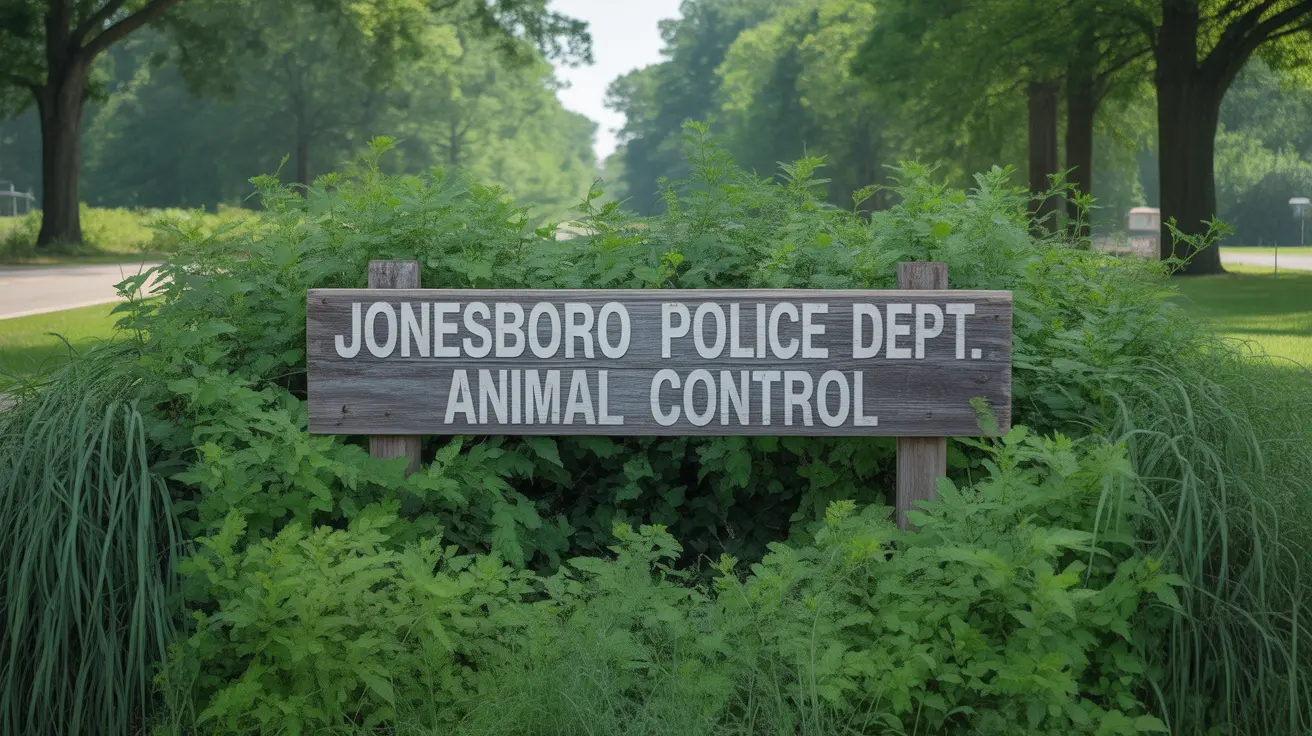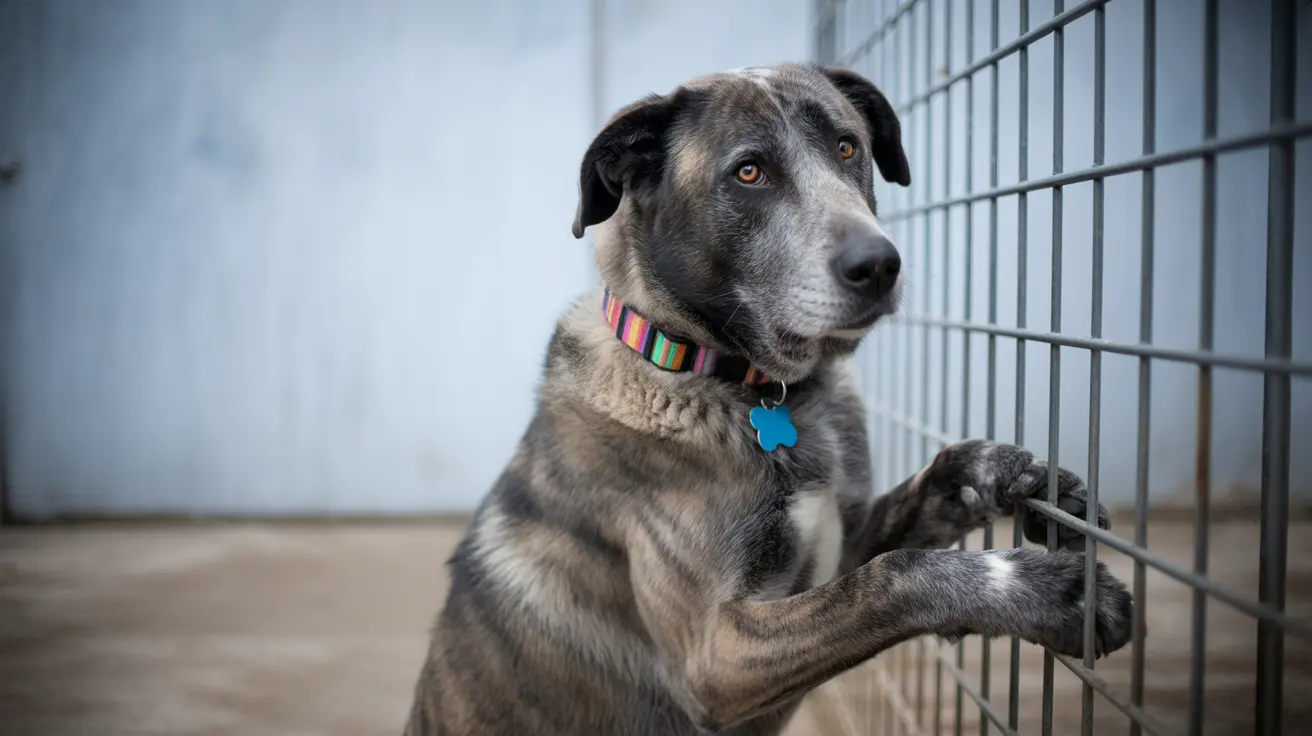Understanding Why Your Dog Is Peeing in the House
If your dog has started peeing indoors, you're not alone—house soiling is a frequent concern for dog owners. Even dogs that were once perfectly trained can suddenly develop this issue. Let's explore the main reasons and what you can do about them.
Medical Causes of Indoor Urination
Health problems are a leading cause of accidents in the house. Urinary tract infections (UTIs) and bladder infections often affect female dogs and can show up as frequent urination, straining, blood in urine, or excessive licking of the genital area. Incontinence doesn't just strike older dogs; young, spayed females can also lose bladder control because of muscle weakness, hormonal changes, nerve damage, or injury.
Other culprits include bladder stones, kidney disease, diabetes, and liver disorders. Dogs with these conditions might drink more water and have diluted urine that's harder to hold. You might notice increased thirst, lethargy, or weight loss alongside accidents. Certain medications—like corticosteroids—can also make your dog thirstier and more likely to urinate often.
Pain from arthritis or orthopedic issues may make it tough for your dog to get outside on time. Senior dogs with cognitive dysfunction (dog dementia) might simply forget their housetraining.
Behavioral Reasons for House Soiling
Sometimes it's not about health at all. Puppies and newly adopted adult dogs may not be fully house trained yet—or they may need a refresher if their environment has changed. Stress and anxiety are big triggers: loud noises, new people or pets in the home, moving houses, changes in routine, or being left alone can all lead to accidents.
- Territorial marking: Especially common in unneutered males but possible in any dog when a new pet or person enters the home. Marking usually involves small amounts of urine in specific spots.
- Submissive/excitement urination: Some dogs pee when they're greeted enthusiastically or feel intimidated—often young or socially inexperienced pups.
Environmental Factors That Contribute
- Bad weather (rain, snow, heat) might make your dog reluctant to go outside.
- Changes at home—like new furniture or renovations—can disrupt established routines and trigger accidents.
Tackling the Problem: Steps You Can Take
- Rule Out Medical Issues: Visit your veterinarian for a checkup if you notice sudden changes in urination habits. Bring details about frequency, duration, appearance of urine, and any recent changes at home. Your vet may suggest tests like urinalysis or bloodwork.
- Retrain and Supervise: Treat your adult dog like a puppy again: keep a consistent feeding/potty schedule; take them out after eating, sleeping, or playing; reward outdoor elimination immediately with praise or treats. Indoors supervision is crucial—watch for signs like whining or circling that signal they need to go out. If you can't supervise directly, confine them to easy-to-clean areas or use a crate.
- Clean Accidents Thoroughly: Use enzymatic cleaners to remove odors that could encourage repeat marking.
Addressing Behavioral Issues
- If stress is a factor (new people/pets/noises), try to minimize triggers and introduce changes gradually with positive associations.
- If marking persists even after neutering/spaying, consult your vet or a behaviorist for deeper guidance—it could be anxiety-based.
- Avoid punishment: yelling or scolding only increases fear and confusion and can make things worse.
Caring for Senior Dogs
Elderly dogs may need more frequent potty breaks due to cognitive decline or weaker bladders. Products like diapers or absorbent pads can help manage accidents while you work on solutions with your vet's advice on supplements or medications that support urinary health.
Special Management Strategies
- If medical/behavioral fixes don't fully resolve things: restrict access to problem areas; use waterproof flooring; set up indoor potty stations (pee pads/artificial turf).
Your Action Plan
- Treat medical causes first—see your vet promptly if you're unsure why accidents started.
- Be patient and consistent with retraining; reinforce good habits with rewards rather than punishment.
- Curb stress where possible by keeping routines stable and introducing changes gently.





